IUI vs IVF cost
The cost of IVF and IUI might be variable and depends on your destination, quality of procedure, experience of clinic, etc. We analyzed cost of IVF in our latest article, cheapest country for IVF, so, here we will talk about the cost of IUI and IVF in Iran. Although, the average cost of IUI is generally about 3200 $, cost of IUI in Iran is 500-600 $ by TebMedTourism. This low price beside high quality fertility experts and equipment, make this clinic one of the most popular destinations for everyone who want to be parent! The cost of IVF in Iran, is just 3500 $ with all medical process including medication, injection, embryo transfer, etc.
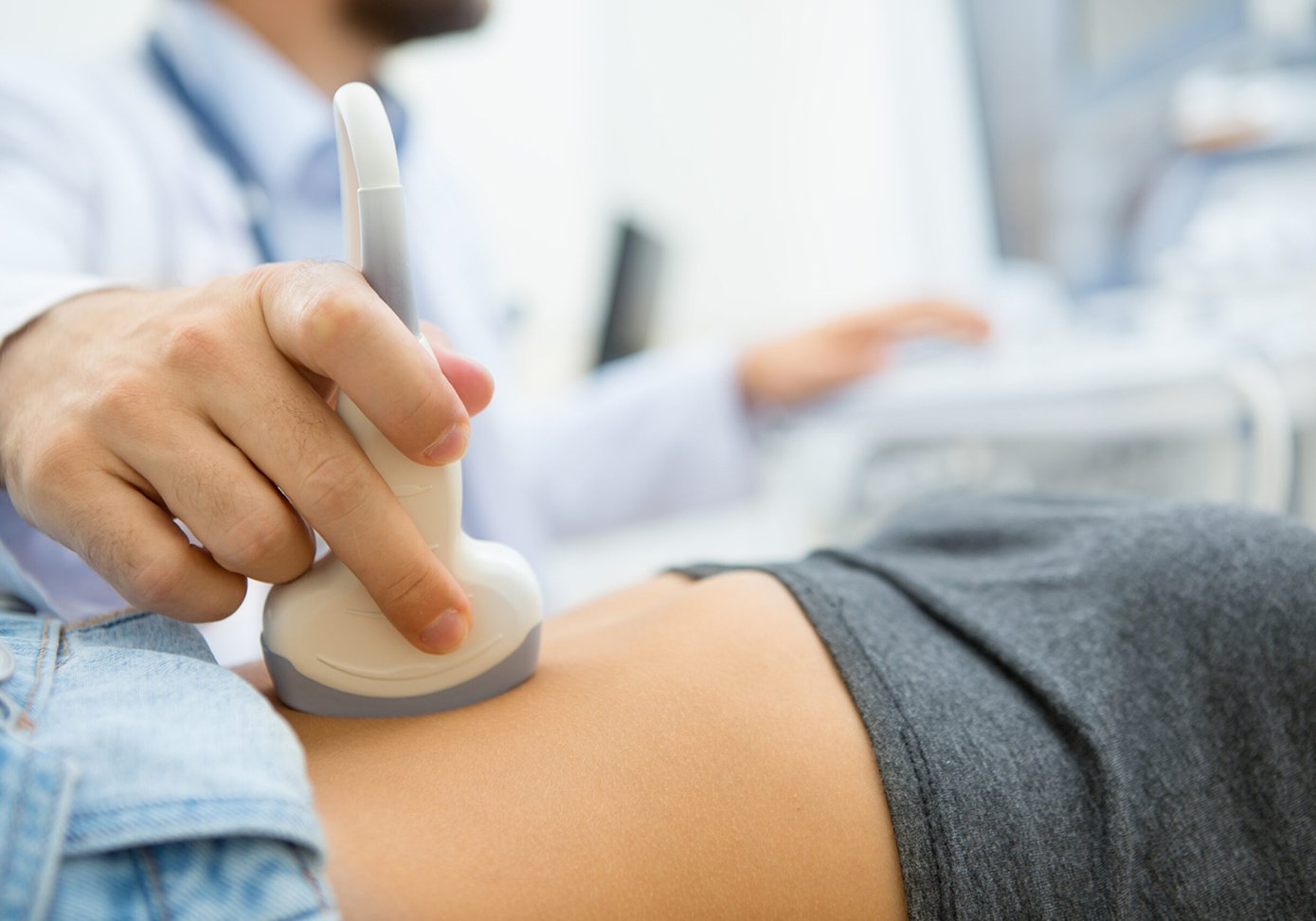
IUI vs IVF, which one is right for me?
To determine whether IUI or IVF is the appropriate option for you, it's advisable to seek guidance from a fertility doctor. While you may have your own sense of what's best for you, doctors can offer expert recommendations based on factors such as your age, overall health, and the underlying cause of your infertility. Generally, younger couples tend to have higher success rates with IUI, making them favorable candidates for this procedure. However, if fertilization doesn't occur and multiple rounds of IUI are required, the costs can accumulate. It's important, therefore, to carefully consider the expenses, benefits, and risks associated with both IUI and IVF before making a decision. Actually, if you want to decide between IVF and IUI, considering that the success rate of IVF is higher and it is also a more accurate and correct solution for treating infertility, it is preferable to use IVF, but in some cases, the best solution for you may be IU, which is done with consultation. Medicine can find out about this. You may want to do free consultation, with our fertility specialist to know which one is better for you! So, ask your question. 
Chance of twins, IVF vs IUI?
It's challenging to provide precise percentages for the chances of having twins with IVF or IUI because the likelihood of twins varies greatly depending on individual factors such as age, number of embryos transferred (for IVF), and the use of fertility medications. However, I can give you some general information:
Chance of twins by IVF:
- The probability of having twins with IVF can range from approximately 20% to 40% or even higher, depending on the number of embryos transferred. - When only one embryo is transferred, the chance of twins is lower, usually around 1% to 5%. However, multiple embryos are frequently transferred to increase the chances of success, which can result in a higher likelihood of twins or more.
Chance of twins by IUI:
- The likelihood of twins with IUI is generally lower than with IVF because it relies on natural fertilization. - Without the use of fertility medications, the chance of having twins with IUI is relatively low, typically around 5% or less. - If fertility medications are used to stimulate egg production and increase the likelihood of releasing multiple eggs, the chances of twins may increase up to 30%, but this still varies based on individual factors.
Please remember that these percentages are approximate and can vary significantly from person to person. It's important to discuss the specific percentages for your situation with a fertility specialist who can consider your unique medical history and treatment plan. Additionally, the use of fertility treatments should always be guided by medical professionals for safety and the best possible outcome. To sum up, the provided text brings clarity to the distinctions between two essential fertility treatments, namely in-vitro fertilization (IVF) and intrauterine insemination (IUI). IVF, a complex procedure involving ovarian stimulation and laboratory fertilization, boasts a higher success rate, particularly when other treatment methods have proven unsuccessful. On the other hand, IUI is a less invasive and more cost-effective alternative, suitable for various conditions, yet generally exhibiting lower success rates. Both treatments encompass specific considerations such as associated expenses and the potential occurrence of twin pregnancies. It is imperative to seek guidance from fertility experts to make an informed decision regarding the most appropriate treatment path.
Frequently Asked Questions about IUI vs IVF
-
Is it better to start with IUI or IVF?
It is advisable to consult a fertility specialist to determine the most suitable option based on individual circumstances. Generally, IUI may be recommended for younger couples with fewer fertility issues due to its lower invasiveness and cost. However, if multiple attempts of IUI are unsuccessful or if more complex factors are involved, IVF may be the suggested course of action.
-
which is more painful IUI or IVF?
Neither IUI nor IVF typically entail significant discomfort. Both procedures may cause mild discomfort, but this can be effectively managed with available pain relief options. Any discomfort experienced during these procedures is usually of short duration and minimal in intensity.
-
Which is more effective IUI or IVF?
IVF generally exhibits a higher overall success rate compared to IUI. The success rates of both treatments can vary significantly depending on individual circumstances, but IVF offers a greater likelihood of success due to its more controlled steps, including laboratory fertilization.
-
What is difference between IVF and IUI?
IVF is a more intricate fertility treatment that involves ovarian stimulation, retrieval of eggs, laboratory fertilization, and subsequent embryo transfer. On the other hand, IUI is a less invasive procedure where sperm is directly placed into the uterus. While IVF tends to be more effective, it is also more expensive and invasive compared to IUI.
-
which is more painful IUI or ivf?
Both IUI and IVF generally involve minimal pain. Any discomfort experienced during these procedures is typically mild and short-lived. Pain perception can vary among individuals, but neither IUI nor IVF is commonly associated with significant pain.
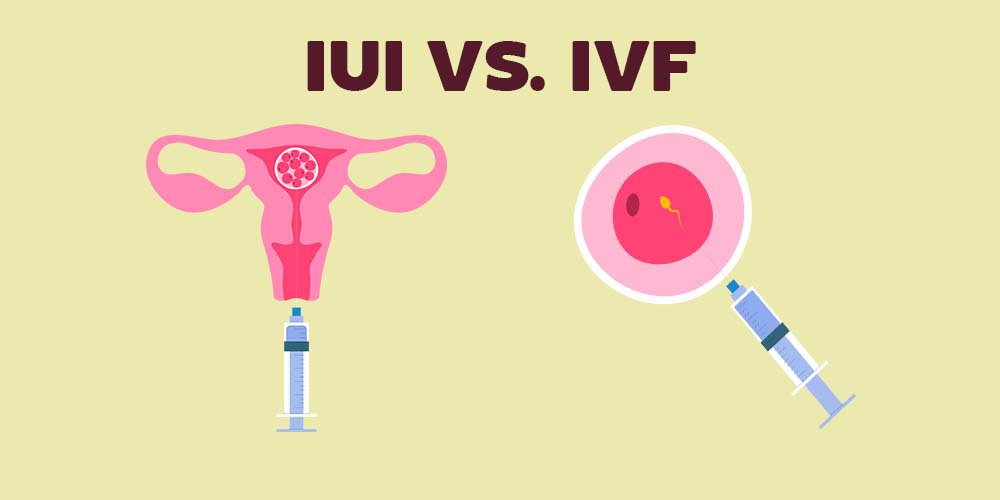
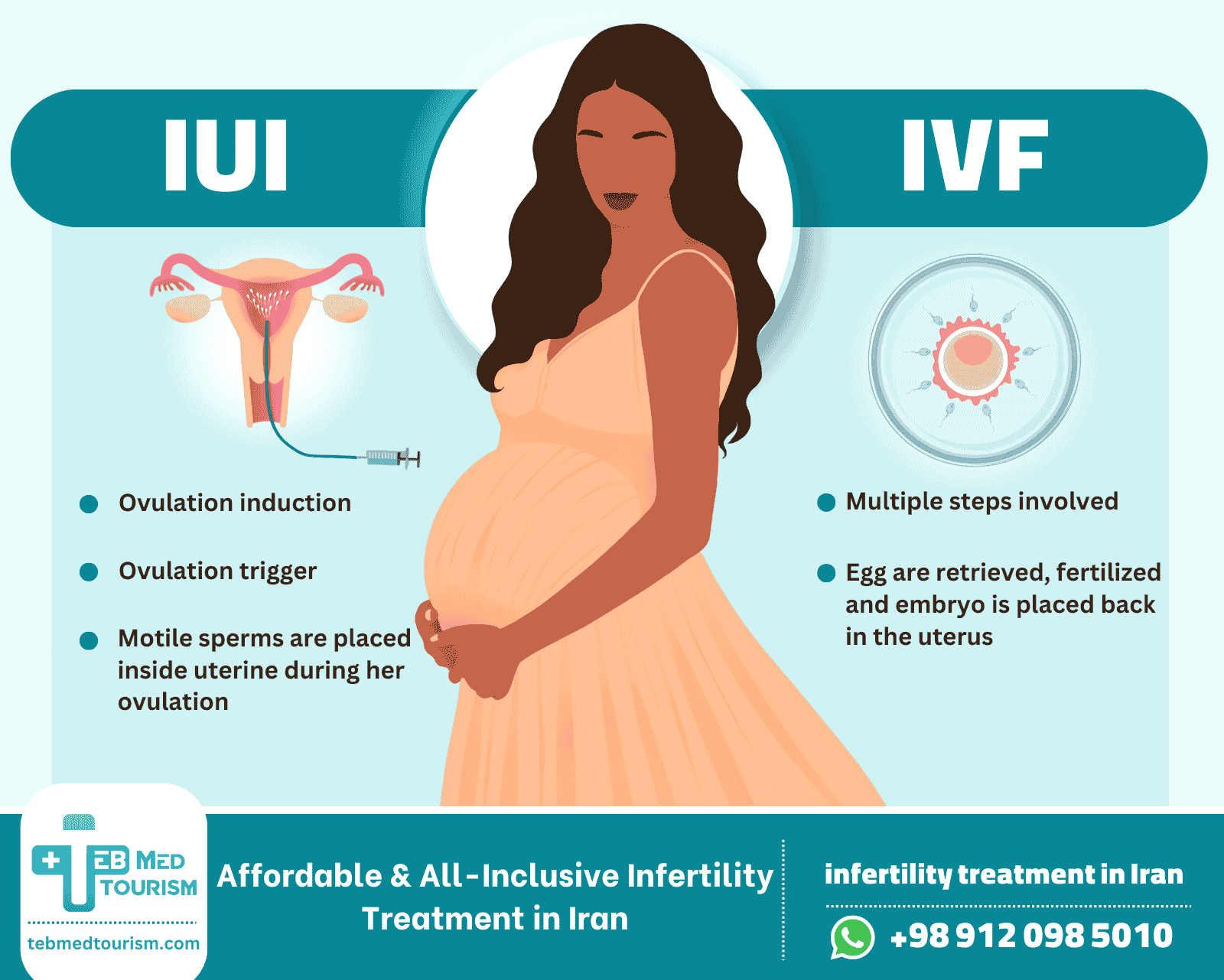
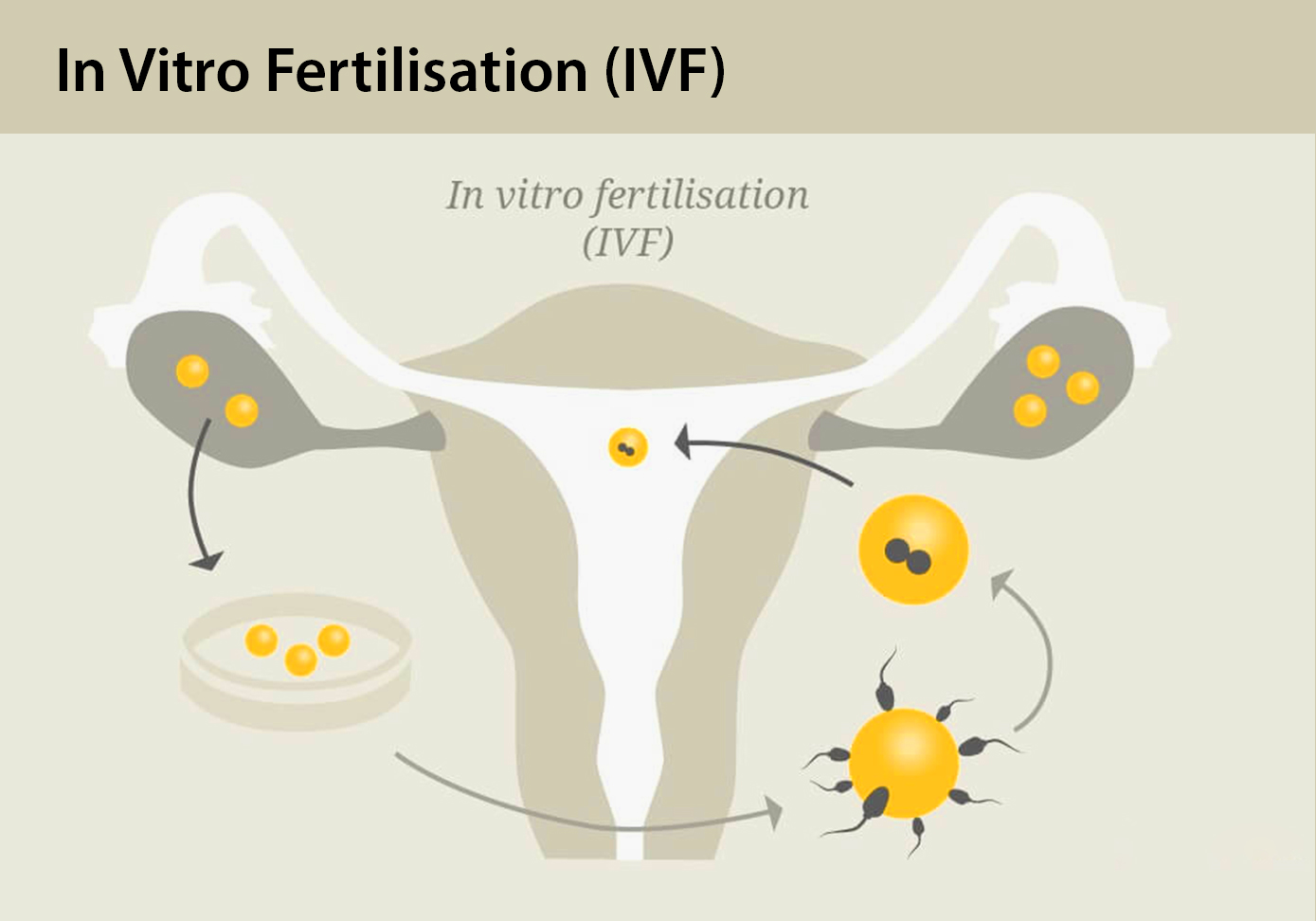
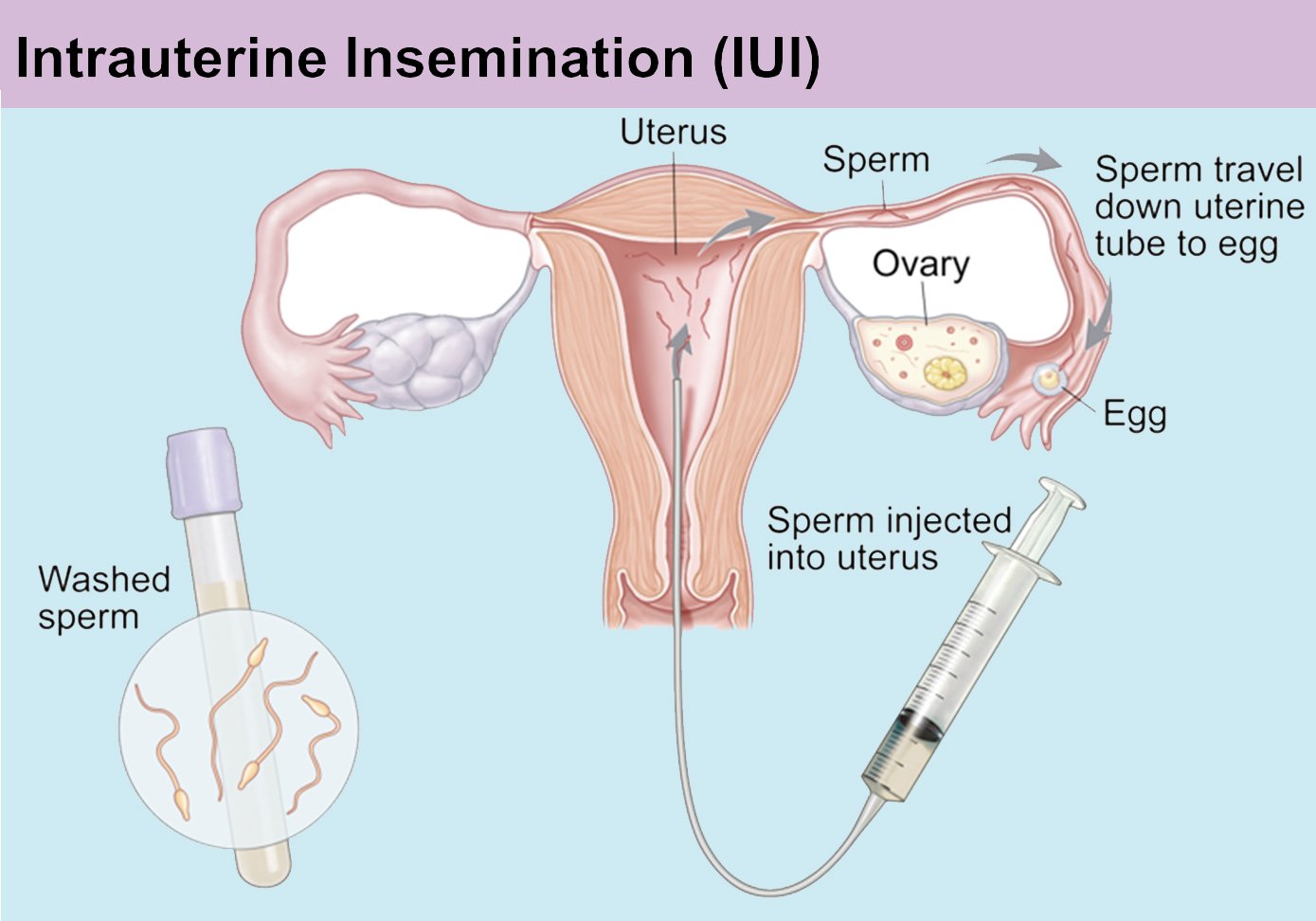



Comments & Questions